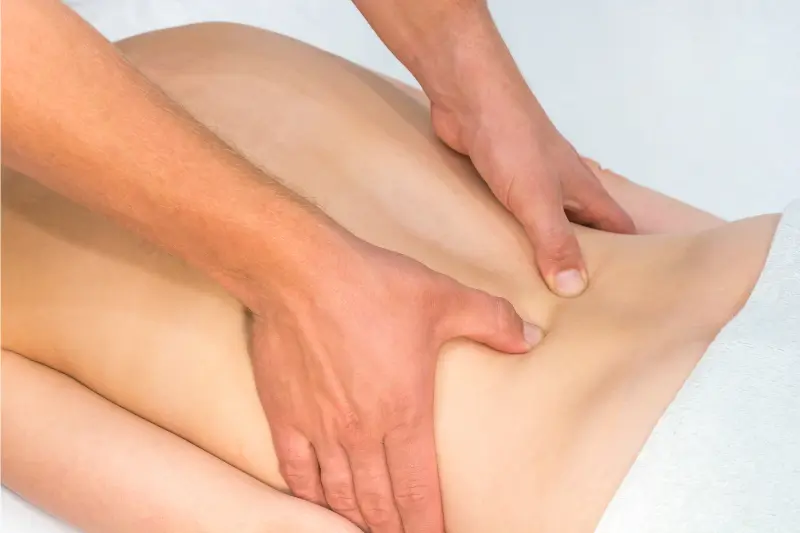Are you tired of dealing with persistent low back pain that seems to put a damper on your daily activities? You’re not alone. Low back pain is a common ailment that affects people of all ages and backgrounds. Whether it’s caused by poor posture, muscle strain, or underlying medical conditions, finding relief is crucial for improving your overall well-being. In this blog post, we’ll explore seven effective tips to help alleviate low back pain and enhance your quality of life.
Maintain Good Posture
Low back pain
One of the leading causes of low back pain is poor posture, especially when sitting or standing for extended periods. Make a conscious effort to sit and stand with your back straight, shoulders relaxed, and your weight evenly distributed on both feet. Avoid slouching or hunching over, as this can put unnecessary strain on your back muscles and spine.
Stay Active with Regular Exercise
Engaging in regular physical activity is essential for strengthening the muscles that support your spine and improving flexibility. Incorporate exercises that target the core muscles, such as planks, bridges, and bird dogs, to help stabilise your spine and reduce the risk of injury. Additionally, low-impact activities like swimming, walking, or yoga can help alleviate stiffness and improve overall mobility.
Practice Mindful Movement
Mind-body practices like yoga and tai chi can be beneficial for individuals experiencing low back pain. These gentle exercises focus on improving body awareness, breathing techniques, and flexibility, which can help reduce tension and discomfort in the lower back. Incorporating mindful movement into your daily routine can promote relaxation and alleviate stress, both of which can contribute to a reduction in pain levels.
Invest in Ergonomic Support
Take a closer look at your work environment and make necessary adjustments to promote better ergonomics. Invest in a supportive chair with proper lumbar support, adjust your computer monitor to eye level, and use a footrest to maintain a comfortable sitting position. Additionally, consider using ergonomic tools like a standing desk or ergonomic keyboard to reduce strain on your back and neck muscles during prolonged periods of sitting.
Prioritise Rest and Recovery
While staying active is essential for managing low back pain, it’s equally important to prioritise rest and recovery. Make sure to get an adequate amount of sleep each night, aiming for 7-9 hours of quality restorative sleep. Incorporate relaxation techniques such as meditation, deep breathing exercises, or gentle stretching before bedtime to promote relaxation and alleviate muscle tension.
Apply Heat or Cold Therapy
Heat and cold therapy can provide temporary relief from low back pain by reducing inflammation and soothing sore muscles. Apply a heating pad or warm compress to the affected area for 15-20 minutes at a time to help relax tight muscles and increase blood flow. Alternatively, you can use an ice pack or cold gel pack wrapped in a towel to numb the area and reduce swelling. Experiment with both heat and cold therapy to see which option works best for you.
Seek Professional Guidance
If your low back pain persists despite trying these self-care strategies, it may be time to seek professional guidance. Consult with a healthcare provider, such as a physical therapist or chiropractor, who can assess your condition and develop a personalised treatment plan tailored to your needs. They may recommend additional interventions such as manual therapy, therapeutic exercises, or modalities like acupuncture or massage therapy to help alleviate your symptoms and improve your overall function.
In conclusion, managing low back pain requires a multifaceted approach that combines lifestyle modifications, regular exercise, ergonomic adjustments, and mindful practices. By incorporating these seven tips into your daily routine, you can take proactive steps towards alleviating pain, improving mobility, and enhancing your quality of life. Remember to listen to your body, be patient with yourself, and seek professional help when needed. Your journey to a healthier, pain-free back starts today!
Read more about What we do and What we treat.

